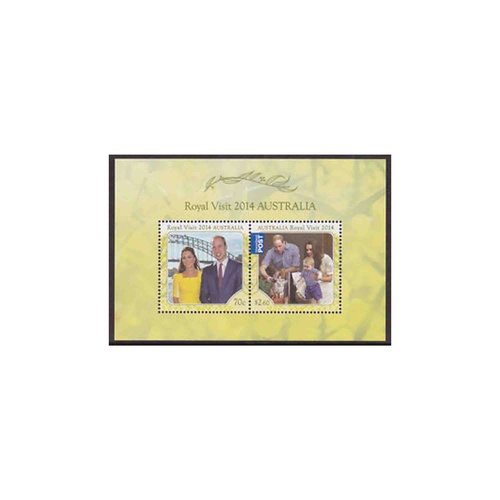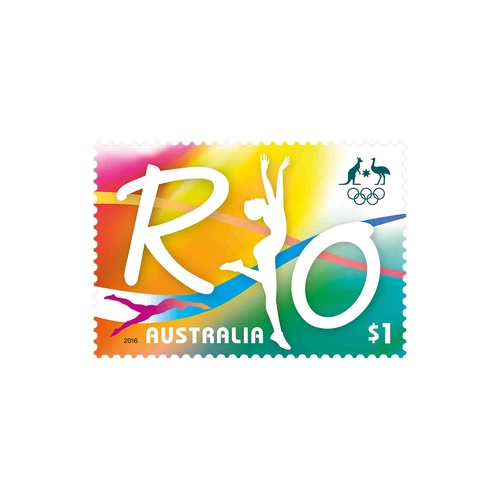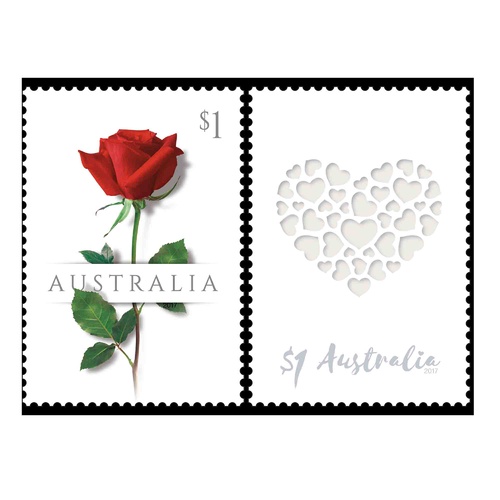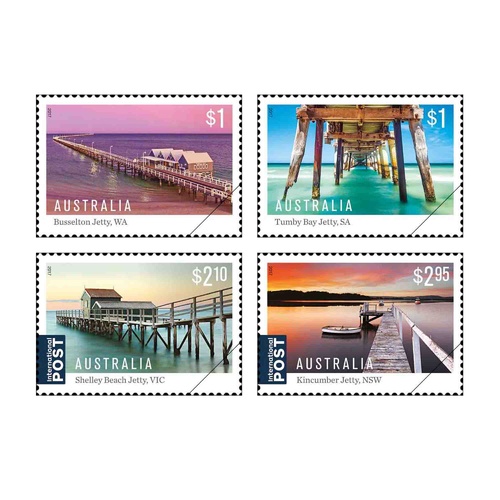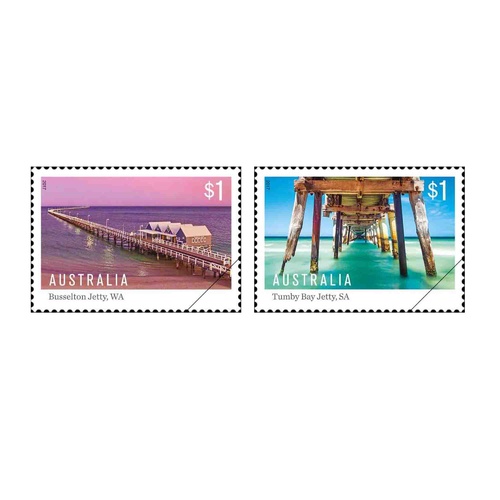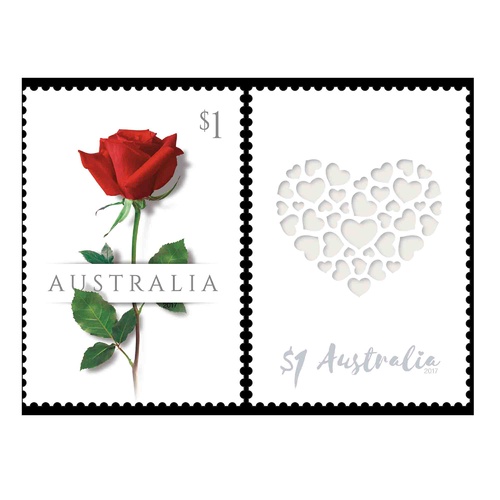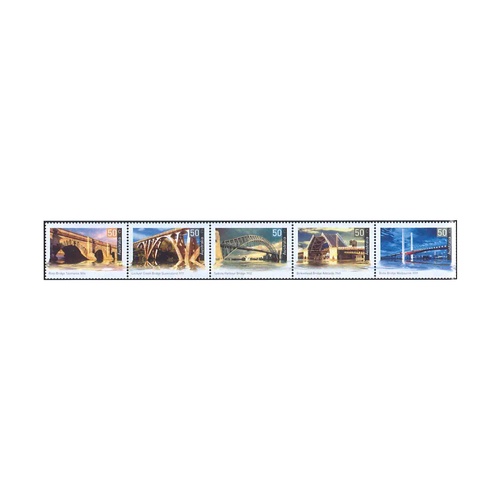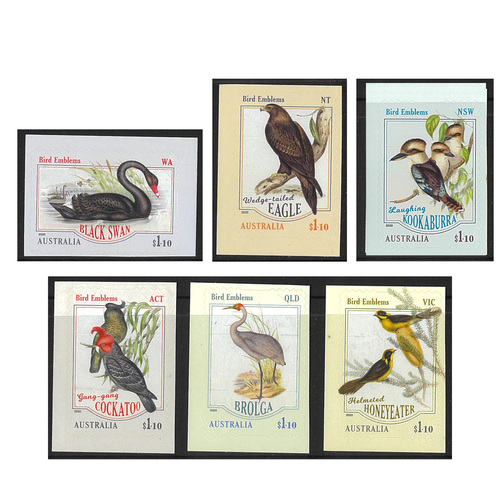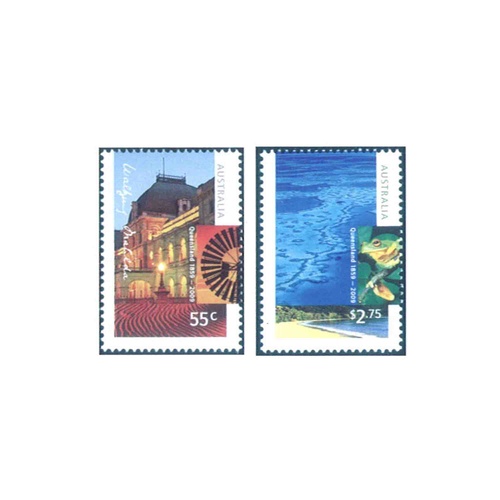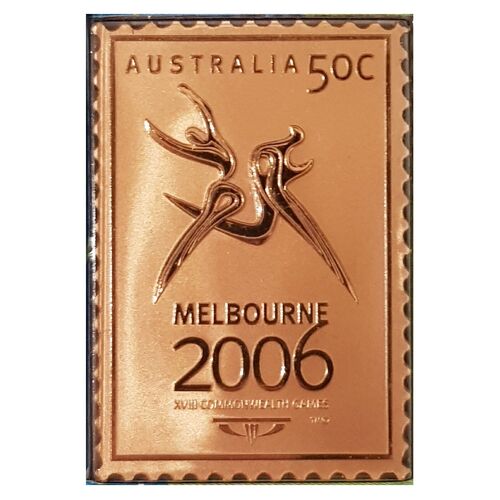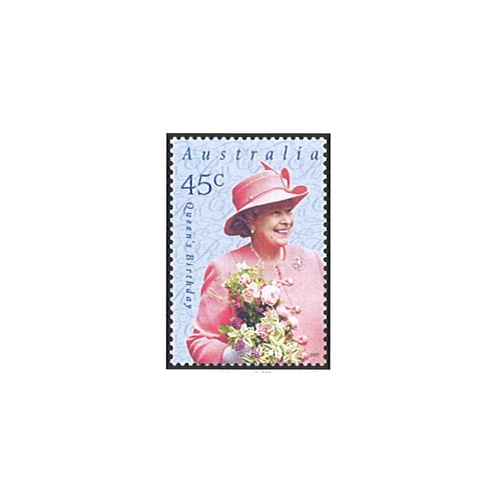Release date: 21 February 2017 Many of the countless jetties and piers that punctuate Australia’s coastline and waterways were originally built to moor vessels transporting goods and passengers. While some have since fallen into disuse, others are still popular for recreational fishing, diving, snorkelling and other tourist activities. The four featured jetties from around the country, all wooden, include those at Busselton, Western Australia; Tumby Bay, South Australia; Shelley Beach near Portsea, Victoria; and Kincumber, New South Wales.
The striking stamp designs use photography to showcase the dramatic light and colour of each scene.
The city of Busselton is situated on Geographe Bay on the southwest tip of Western Australia. One of the earliest settlements in the state, the town was established as a major port for the transportation of timber. At nearly two kilometres in length, the Busselton Jetty is the longest wooden jetty in the world, so constructed because Geographe Bay was too shallow for ships to moor closer to shore. The jetty commenced construction in 1853 and was extended several times into the 1960s before closing to ships in 1972. In recent years the historic jetty has been rebuilt and renovated and is now a popular attraction, with the old rail line along the pier now carrying tourists to an underwater observatory near the end of the jetty, which is listed in the State Register of Heritage Places.
Tumby Bay is a farming town situated on the Spencer Gulf on the eastern coast of Eyre Peninsula in South Australia. The town was established as a shipping port for wheat, wool, copper and talc and the 133-metre long jetty, the second on the Peninsula, was constructed in 1874 to ship anticipated supplies of copper from the nearby Burrawing Mine. The jetty was extended in 1905 and 1909, and dismantled for safety reasons in 1999. The current wooden jetty was constructed in 1908–¬09 and is well known as a diving destination for viewing sea creatures including the Leafy Seadragon, nudibranchs, seahorses, octopuses and rays.
Portsea is a popular resort town located 95 kilometres from Melbourne near the end of the Mornington Peninsula and close to the Heads, the region of water connecting the protected Port Phillip Bay with the wild ocean of Bass Strait. The picturesque private jetty on the stamp is located at Shelley Beach, a small secluded beach between Portsea and Sorrento.
The jetty at Kincumber is located on the Brisbane Water, an estuary in the Central Coast region north of Sydney. The small wooden jetty can be found from the walk and cycle track between the towns of Kincumber and Davistown. The scenic estuary is an important region for birds such as the Bush Stone Curlew, Regent Honeyeater and Swift Parrot. The nearby Kincumba Mountain Reserve is a major attraction. Kincumber was one of the earliest settlements on the Central Coast, established to supply wood from the surrounding rainforest for the growing colony of Sydney in the early 19th century. Meeting the needs of water transport, boat building was also an important industry.
| Shipping Weight | 0.0500kg |
| Shipping Width | 0.100m |
| Shipping Height | 0.010m |
| Shipping Length | 0.100m |
| Assembled Length | 10.000m |
| Assembled Height | 1.000m |
Release date: 21 February 2017 Many of the countless jetties and piers that punctuate Australia’s coastline and waterways were originally built to moor vessels transporting goods and passengers. While some have since fallen into disuse, others are still popular for recreational fishing, diving, snorkelling and other tourist activities. The four featured jetties from around the country, all wooden, include those at Busselton, Western Australia; Tumby Bay, South Australia; Shelley Beach near Portsea, Victoria; and Kincumber, New South Wales.
The striking stamp designs use photography to showcase the dramatic light and colour of each scene.
The city of Busselton is situated on Geographe Bay on the southwest tip of Western Australia. One of the earliest settlements in the state, the town was established as a major port for the transportation of timber. At nearly two kilometres in length, the Busselton Jetty is the longest wooden jetty in the world, so constructed because Geographe Bay was too shallow for ships to moor closer to shore. The jetty commenced construction in 1853 and was extended several times into the 1960s before closing to ships in 1972. In recent years the historic jetty has been rebuilt and renovated and is now a popular attraction, with the old rail line along the pier now carrying tourists to an underwater observatory near the end of the jetty, which is listed in the State Register of Heritage Places.
Tumby Bay is a farming town situated on the Spencer Gulf on the eastern coast of Eyre Peninsula in South Australia. The town was established as a shipping port for wheat, wool, copper and talc and the 133-metre long jetty, the second on the Peninsula, was constructed in 1874 to ship anticipated supplies of copper from the nearby Burrawing Mine. The jetty was extended in 1905 and 1909, and dismantled for safety reasons in 1999. The current wooden jetty was constructed in 1908–¬09 and is well known as a diving destination for viewing sea creatures including the Leafy Seadragon, nudibranchs, seahorses, octopuses and rays.
Portsea is a popular resort town located 95 kilometres from Melbourne near the end of the Mornington Peninsula and close to the Heads, the region of water connecting the protected Port Phillip Bay with the wild ocean of Bass Strait. The picturesque private jetty on the stamp is located at Shelley Beach, a small secluded beach between Portsea and Sorrento.
The jetty at Kincumber is located on the Brisbane Water, an estuary in the Central Coast region north of Sydney. The small wooden jetty can be found from the walk and cycle track between the towns of Kincumber and Davistown. The scenic estuary is an important region for birds such as the Bush Stone Curlew, Regent Honeyeater and Swift Parrot. The nearby Kincumba Mountain Reserve is a major attraction. Kincumber was one of the earliest settlements on the Central Coast, established to supply wood from the surrounding rainforest for the growing colony of Sydney in the early 19th century. Meeting the needs of water transport, boat building was also an important industry.
| SKU | 50923 |
| Shipping Weight | 0.0500kg |
| Shipping Width | 0.100m |
| Shipping Height | 0.010m |
| Shipping Length | 0.100m |
| Assembled Length | 10.000m |
| Assembled Height | 1.000m |


Add your favourites to cart

Select Afterpay at checkout

Log into or create your Afterpay account, with instant approval decision

Your purchase will be split into 4 payments, payable every 2 weeks
All you need to apply is to have a debit or credit card, to be over 18 years of age, and to be a resident of country offering Afterpay
Late fees and additional eligibility criteria apply. The first payment may be due at the time of purchase
For complete terms visit afterpay.com/terms
Copyright © 2025 Max Stern & Co.
ABN: 33 261 090 367
Address: Box 997 GPO, Melbourne VIC 3001 Australia
Welcome to our website. If you continue to browse and use this website, you are agreeing to comply with and be bound by the following terms and conditions of use, which together with our privacy policy govern Max Stern & Co’s relationship with you in relation to this website. If you disagree with any part of these terms and conditions, please do not use our website.
The term ‘Max Stern & Co’ or ‘us’ or ‘we’ refers to the owner of the website whose registered office is 271 Collins Street, Melbourne VIC 3001 Australia. Our ABN is 33 261 090 367. The term ‘you’ refers to the user or viewer of our website.
The use of this website is subject to the following terms of use:
This privacy policy sets out how we uses and protects any information that you give us when you use this website.
We are committed to ensuring that your privacy is protected. Should we ask you to provide certain information by which you can be identified when using this website, then you can be assured that it will only be used in accordance with this privacy statement.
We may change this policy from time to time by updating this page. You should check this page from time to time to ensure that you are happy with any changes.
What we collect
We may collect the following information:
What we do with the information we gather
We require this information to understand your needs and provide you with a better service, and in particular for the following reasons:
Security
We are committed to ensuring that your information is secure. In order to prevent unauthorised access or disclosure, we have put in place suitable physical, electronic and managerial procedures to safeguard and secure the information we collect online.
How we use cookies
A cookie is a small file which asks permission to be placed on your computer's hard drive. Once you agree, the file is added and the cookie helps analyse web traffic or lets you know when you visit a particular site. Cookies allow web applications to respond to you as an individual. The web application can tailor its operations to your needs, likes and dislikes by gathering and remembering information about your preferences.
We use traffic log cookies to identify which pages are being used. This helps us analyse data about webpage traffic and improve our website in order to tailor it to customer needs. We only use this information for statistical analysis purposes and then the data is removed from the system.
Overall, cookies help us provide you with a better website by enabling us to monitor which pages you find useful and which you do not. A cookie in no way gives us access to your computer or any information about you, other than the data you choose to share with us.
You can choose to accept or decline cookies. Most web browsers automatically accept cookies, but you can usually modify your browser setting to decline cookies if you prefer. This may prevent you from taking full advantage of the website.
Links to other websites
Our website may contain links to other websites of interest. However, once you have used these links to leave our site, you should note that we do not have any control over that other website. Therefore, we cannot be responsible for the protection and privacy of any information which you provide whilst visiting such sites and such sites are not governed by this privacy statement. You should exercise caution and look at the privacy statement applicable to the website in question.
Controlling your personal information
You may choose to restrict the collection or use of your personal information in the following ways:
We will not sell, distribute or lease your personal information to third parties unless we have your permission or are required by law to do so. We may use your personal information to send you promotional information about third parties which we think you may find interesting if you tell us that you wish this to happen.
If you believe that any information we are holding on you is incorrect or incomplete, please write to or email us as soon as possible at the above address. We will promptly correct any information found to be incorrect.

